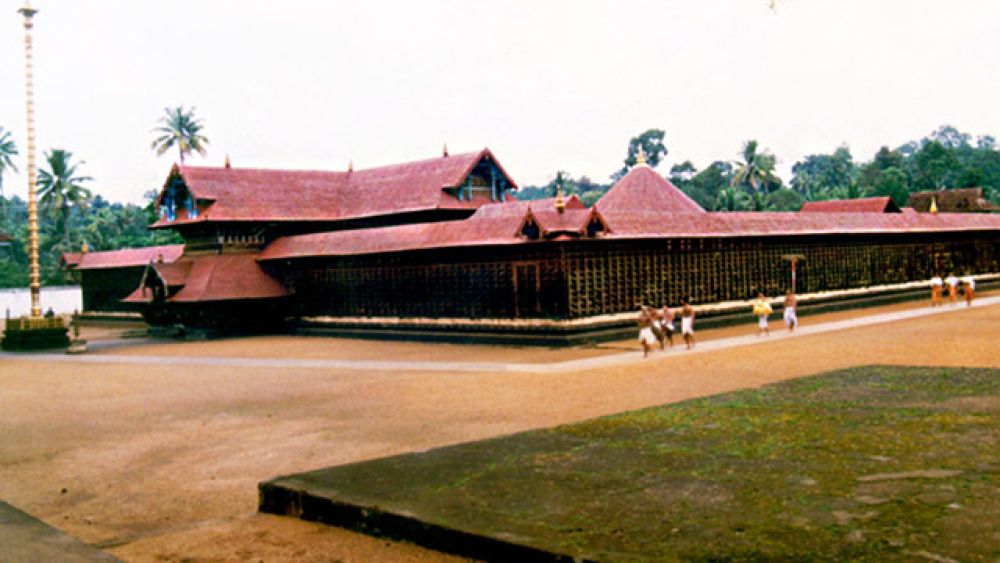

Located in the scenic region of Kumarakom, Kerala, the Ettumanoor Mahadeva Temple stands as a remarkable example of traditional Dravidian architecture and ancient religious heritage. This Hindu temple, dedicated to Lord Shiva, is steeped in mythology and history, attracting devotees and tourists alike.
The Ettumanoor Mahadeva Temple is believed to date back to the 16th century, although some legends suggest its origins are much older, with references to the temple found in ancient scripts like the Puranas. The temple has been a significant pilgrimage site throughout its history and has played a central role in shaping the cultural identity of Kerala.
The temple is renowned for its exquisite murals and artworks, including a famous painting of Nataraja (Dancing Shiva) and the temple's gold-plated flagstaff. Its most celebrated event is the annual Ezharaponnana Ezhunallathu, a festival where seven and a half gold elephants are displayed, symbolizing royalty and prosperity. This festival attracts large numbers of devotees and is a peak time for tourism in the region.
Initially serving primarily as a place of worship, over time, the Ettumanoor Mahadeva Temple has grown into a notable tourist attraction. The rise of cultural tourism in Kerala has led to an increased interest in the state's temples, with the Ettumanoor Mahadeva Temple being among the foremost. The government of Kerala and the Ministry of Tourism have leveraged such cultural assets to promote spiritual tourism.
Of late, there has been a growing emphasis on providing a holistic experience to tourists visiting the Ettumanoor Mahadeva Temple. This includes:
With its rich history and spiritual ambiance complemented by Kerala's natural beauty, the Ettumanoor Mahadeva Temple continues to be a cornerstone of tourism in the region, offering an authentic window into the soul of Indian tradition and belief.